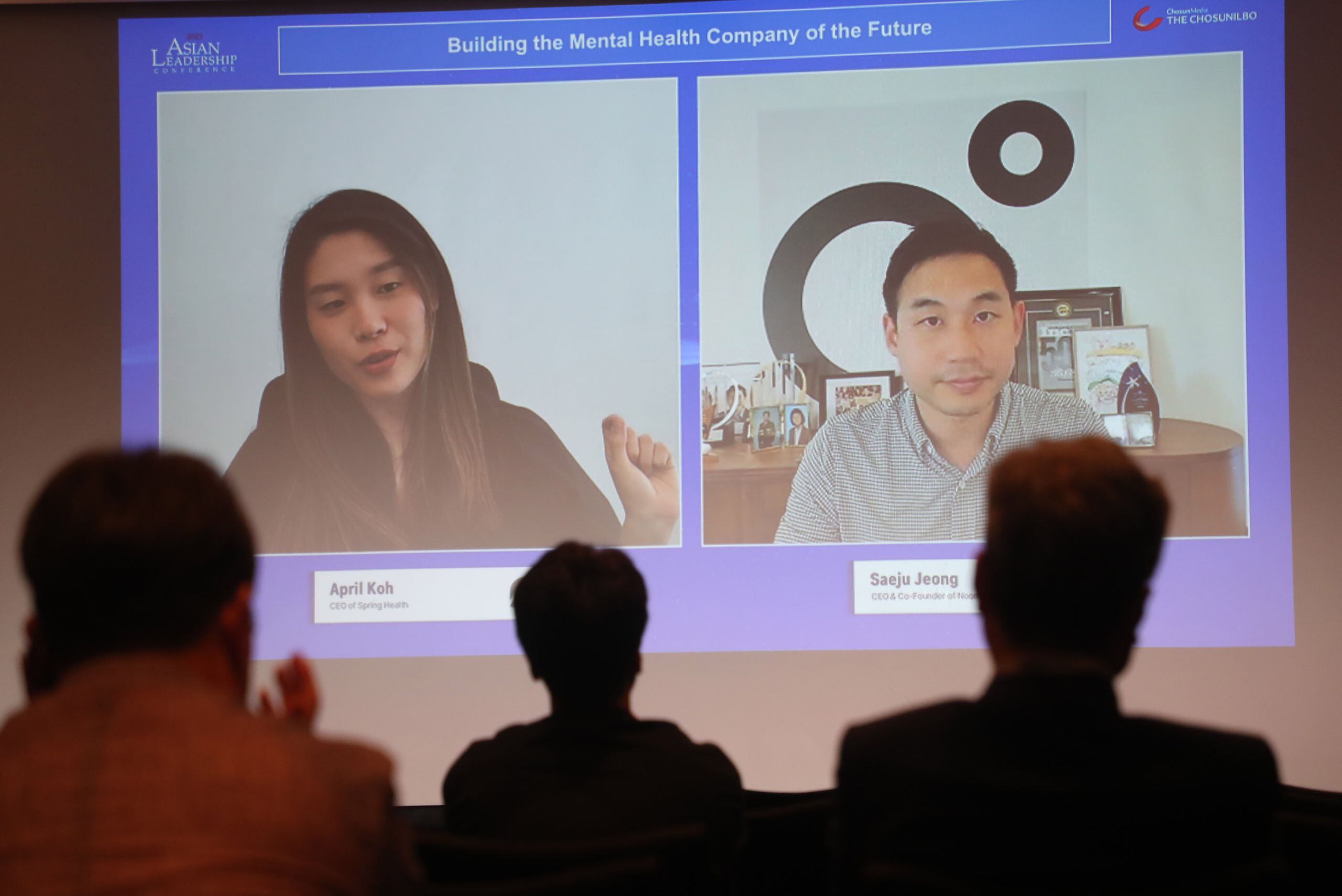Nupur Todi (Harvard Ed.M.), Leadership Development Consultant
Our survival in the future depends on both our adaptability and our ability to learn new things swiftly.
The current Industrial Revolution has been marked not just by major advancements in technology, but also by an unprecedented convergence of our physical, digital, and biological realms. The current pandemic has given us a frightening glimpse of what this convergence might lead to and the ever-increasing need for us to adapt quickly and continuously.
It is now everyone’s responsibility to strategize for self and others, to develop new skills, and to become leaders irrespective of our designations or ranks.
Here is a summary of the key calls to action.
Context Is as Critical as Content
We live in an extraordinary state of flux. With changes, so should the way we develop and prepare ourselves. The US Army realized after 9/11 that to move at the speed wars require, they had to redesign their processes and abandon the siloed mindset in which they had previously operated. The new battlefields demanded better and more agile collaboration, with greater situational awareness. This led to designing programs that helped to address this effectively.
The Democratization of Leadership
With the flattening of organizational structures and the rise of innovation and entrepreneurial behavior, organizations must now encourage everyone to exercise leadership.
For this reason, the building of leadership capacity must take place at every level within the organization by encouraging our employees’ sense of personal ownership over their learning experiences, putting them back in the driver’s seat for their own growth.
User-Centered Leadership Design
With the rise of multigenerational workforces, it is crucial for the success of such programs to involve the learners in their own creation. Ask the learners what they want to learn and whether the learning methods you’ve suggested will enable this learning. Be agile, be willing to experiment, and take feedback frequently in order to reach a shared vision that will meet everyone’s goals.
Lifelong Learning
The perception of learning is constantly shifting: we now think of it not just as taking place in discrete phases of our lives—elementary school, college, a career transition—but as a continuous process throughout life. Lifelong learning can be embraced by everyone through an iterative process of applying newly learnt skills and then reflecting on our actions and what we have learned.
These recommendations of mine are just to encourage everyone to reflect on the current state of your own leadership development strategies, and to adopt novel ways of thinking and acting to build a future ready workforce. Klaus Schwab, WEF Chairman said, “And again, people and their values will shape our future.”
This excerpt is from Nupur Todi’s chapter, “Leadership Development: Strategies to Create a Future-Ready Workforce,” from The Center for Asia Leadership’s Rethinking Asia 7 – The Future of Work: How To Prepare For It. To learn more, please visit http://asia-leadership-2023.local/publication/.

